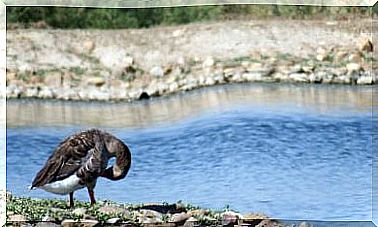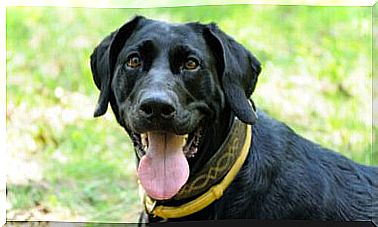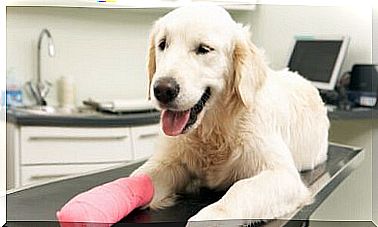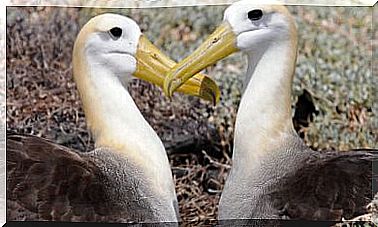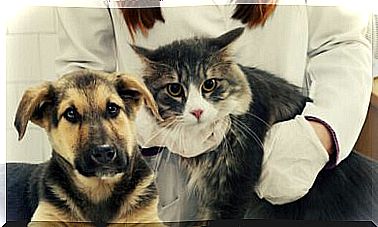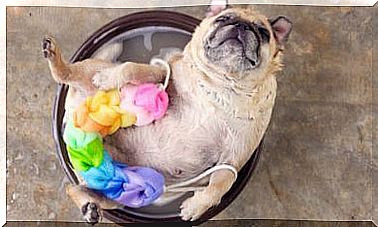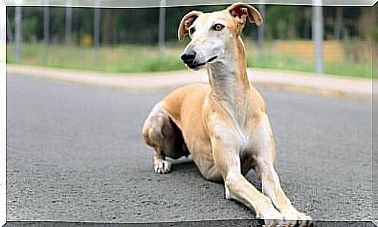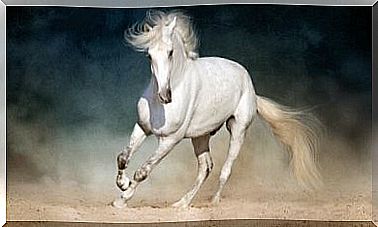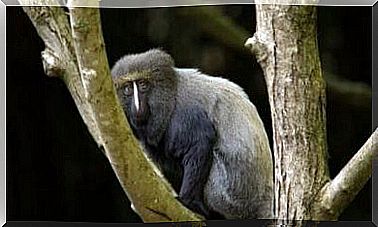5 Species Of Plantigrade Animals: They Walk Like Humans!
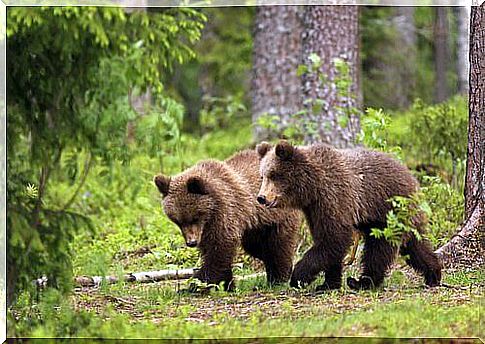
The plantigrades animals are those who walk by placing the entire sole of the foot on the ground, just like human beings.
Although it may seem strange, it is a group that includes very few species, since most of them are digitigrades, that is, they only use their fingers as a single point of support. Let’s get to know more about plantigrade animals and their main characteristics.
What are plantigrade animals?
Within this selected group, where we humans find, there are also bears, coatis, badgers and primates. All of them can walk with their feet completely flat on the ground and, in some cases, they are even able to keep only on their two hind legs. Among the plantigrade animals it is worth knowing these five specimens:
1. Bear
The entire family of the Ursids – you can see two specimens in the photo that opens this article – falls within the bears.
In fact, these powerful mammals move with a “heavy” walk, since they rest the entire soles of their feet on the ground. Although they walk on all fours, at times – for example to appear more dangerous or reach the fruits of higher branches – they have developed the ability to balance on their hind legs. They also have the ability to walk upright for short distances.
In most cases, bears are large (up to 3 meters tall with a weight of around 750 kilograms), with decidedly small ears and eyes, compared to the rest of the body.
Almost all of them are omnivores, with the exception of the polar bear, and live in environments rich in vegetation.
2. Coati
With an elongated tail and snout, the coati – or Nasua if you want to call it by its scientific name – is a small mammal native to America that chooses warm and temperate ecosystems with dense vegetation. It lives in groups of up to 20 individuals and moves with great agility in the trees. He too places the entire sole of his foot on the ground.
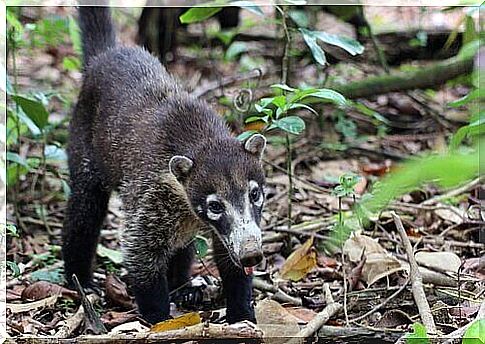
Its short limbs end with strong nails which it uses to dig tunnels and holes in the earth.
In addition, the pointed snout is its main ally when searching for food. As for the coati’s fur, it can be brown, reddish or black, while the muzzle is black. The typical striped tail also stands out.
3. Raccoon
The so-called “raccoons” are another genus within plantigrade animals. Their paws have five long, nimble fingers that serve to orient themselves and recognize danger.
Sometimes, the raccoon “sits” on its hind legs like bears. For example, when he eats or when he needs to rest.
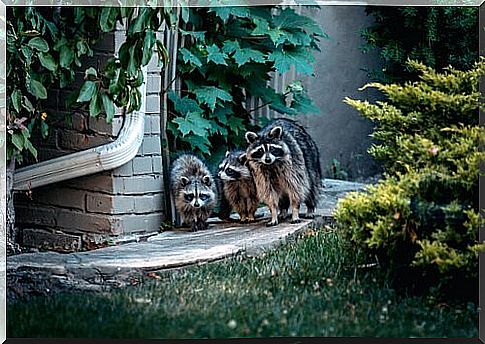
The raccoon lives near rivers, among trees and is very skilled with its front legs, both for hunting and for supporting food: frogs, fruit, garbage. It is an opportunistic animal and is often satisfied with what it finds. It is predominantly nocturnal and is known for its grayish coat, ‘striped’ tail and black and white snout.
4. Wolverine
With a very nice name, it is another of the most interesting plantigrade animals.
Similar to a bear, but smaller, despite appearances it is a very ferocious animal. The Gulo gulo or volverina lives in the forests of Canada, Alaska, Russia, Siberia and has no subspecies.
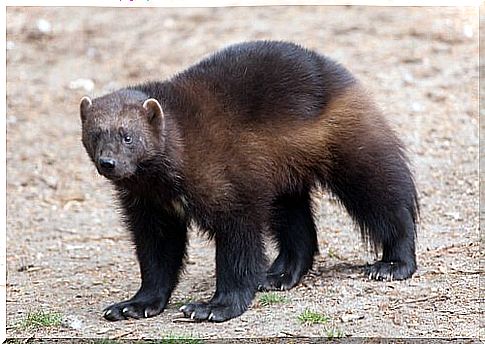
It is of solitary habits: it remains in constant movement both day and night, except during the breeding season. Females have a fairly long gestation. In terms of diet, gluttons can consume carrion, rodents, insects, larvae, berries, seeds, birds, and even eggs.
5. Rate
We close our ranking dedicated to 5 species of plantigrade animals, with this medium-sized mammal that lives in Europe, America and Asia. The most ‘famous’ is that of the Old Continent, which has short and strong legs, very developed, which allow it to walk without problems with the entire plant supported.
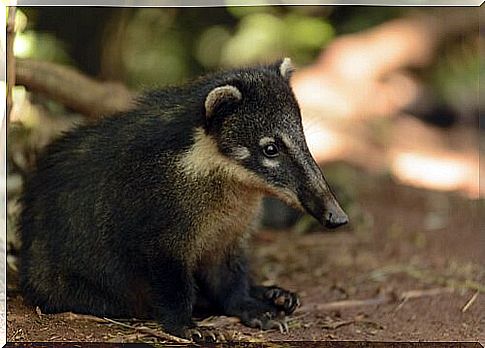
In addition, the badger is characterized by its long snout, thanks to which it digs into the earth. The coat is dark gray in color and shows typical black and white lines on the face.
It is an omnivorous animal, it leaves its lair at night and forms territorial clans .
